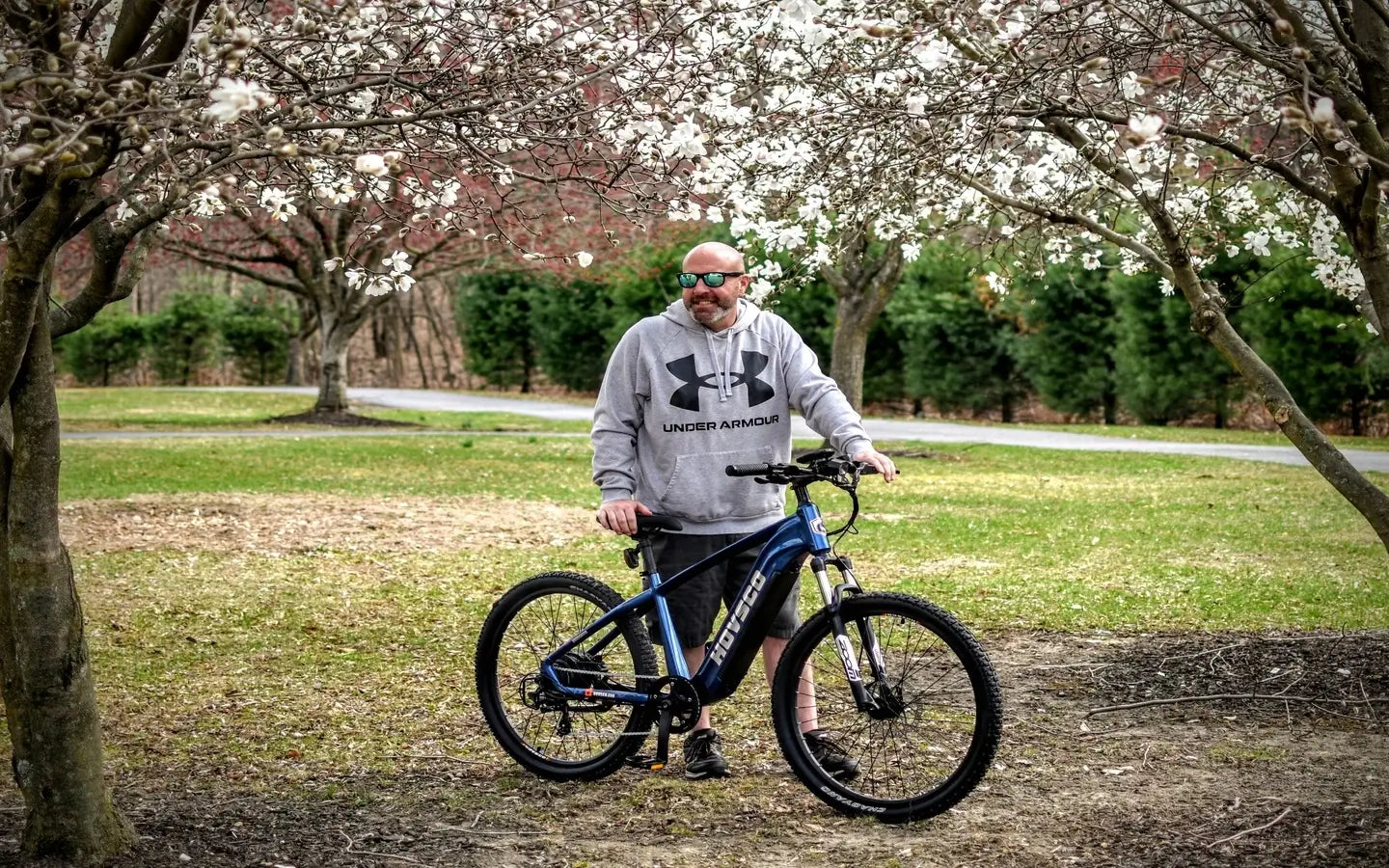
- by LiuJiazhu
What Are The Best Long-Range Electric Bikes With High-Capacity Batteries?
- by LiuJiazhu
The best long-range electric bikes with high-capacity batteries prioritize brands using premium lithium-ion cells from Panasonic, LG, or Samsung, paired with optimized energy management systems. Top models include Greenway’s Enduro Pro (1,200Wh), Trek Allant+ 9.9S (750Wh), and Specialized Turbo Vado SL (710Wh), delivering 80–150 miles per charge. Key factors are battery chemistry, thermal management, and integration with motor efficiency for sustained performance.
High-capacity e-bike batteries exceed 700Wh (Watt-hours), using lithium-ion cells with densities over 300Wh/kg. Brands like Panasonic NCR18650 and LG M50LT cells dominate premium models. These cells enable compact designs while sustaining 100+ mile ranges at 250W assist levels. For example, Bosch’s PowerTube 750 packs 21700 cells in a streamlined frame-integrated format.
Technical specifications matter: A 48V 20Ah battery provides 960Wh, but actual range depends on discharge rates and motor efficiency. Pro tip: Prioritize batteries with smart Battery Management Systems (BMS) to prevent voltage sag during high loads. Imagine climbing a 10% grade—a poorly managed 500Wh battery might lose 40% capacity mid-climb, while a BMS-regulated unit maintains consistent output. Always verify cell grade (industrial vs. consumer) and warranty terms—top-tier brands offer 800+ charge cycles with ≤20% capacity loss.
| Feature | Entry-Level | Premium |
|---|---|---|
| Cell Type | Li-ion 18650 | Li-ion 21700 |
| Energy Density | 200-250Wh/kg | 300-350Wh/kg |
| Cycle Life | 500 cycles | 1,000+ cycles |
Mid-drive motors like Bosch Performance Line CX or Shimano EP8 achieve 85-90% efficiency by aligning torque with pedal cadence. This reduces wasted energy compared to hub motors (70-80% efficiency). For instance, a 750Wh battery paired with a 90% efficient motor delivers 15% more range than a hub-driven equivalent.
Torque sensors play a critical role—systems measuring pedal force 1,000 times/sec (e.g., Yamaha PW-X3) adjust power delivery precisely, avoiding abrupt drains. Consider this: A 250W motor drawing 20A from a 48V battery consumes 960W under load. With 85% efficiency, only 816W drives the wheel—the rest becomes heat. Pro tip: Opt for motors with adaptive modes (Eco/Turbo) to manually cap power draw on long rides. A real-world test showed the Specialized SL 1.1 motor extending range by 22% in Eco mode versus Turbo.
Riese & Müller and Stromer dominate the premium segment with dual-battery systems reaching 1,500Wh. The Stromer ST7, for example, combines a 1,440Wh battery with a 48V motor for 135-mile ranges. Meanwhile, Rad Power Bikes offers cost-effective 672Wh packs in models like the RadRover 6 Plus, achieving 45+ miles.
Key innovations include modular batteries (e.g., Trek’s Range Boost) and regenerative braking, though the latter adds minimal range (<5%). Practical example: Haibike’s XDURO NDURO 7.0 uses a 720Wh battery with Yamaha’s PW-X3 motor, maintaining 60-mile ranges even on technical trails. Pro tip: Check for UL 2849 certification—it ensures battery safety and durability standards are met, reducing fire risks.
| Brand | Model | Battery Capacity |
|---|---|---|
| Riese & Müller | Delite GT Touring | 1,125Wh |
| Specialized | Turbo Creo SL | 320Wh (extendable) |
| Gazelle | Ultimate C380+ | 750Wh |
Silicon-anode and solid-state batteries are emerging, promising 400Wh/kg densities. Current leaders use NMC 811 chemistry (Nickel-Manganese-Cobalt) for higher energy density and thermal stability. For example, LG’s M58T cells in Juiced Bikes’ HyperScorpion achieve 1,300Wh capacities.
Practical thermal management is vital—batteries with active cooling (e.g., cooling fins or liquid systems) maintain <35°C during fast charging. Pro tip: Store batteries at 50% charge in 15-25°C environments to minimize degradation. A study showed batteries stored at full charge in 40°C lost 35% capacity in 6 months versus 8% at optimal conditions.
Use the formula: Range (miles) = (Battery Wh × Motor Efficiency) / (20 Wh/mile). A 750Wh battery at 85% efficiency yields (750×0.85)/20 = 31.8 miles. Adjust for variables: Add 15% range for eco mode, subtract 30% for hills or cargo.
Real-world example: A 180lb rider on a 50lb e-bike using 250W assist on flat terrain averages 20Wh/mile. With a 750Wh battery, expect 37.5 miles. Pro tip: Use manufacturer range estimates as a baseline but deduct 10-25% for real conditions. GPS apps like RideWithGPS can track actual consumption patterns.
Upgrading requires compatibility with motor voltage and controller limits. For example, a 48V system can handle 52V batteries, but 72V packs risk damaging components. Brands like Luna Cycle offer 52V 20Ah (1,040Wh) upgrades for select models, boosting range by 35%.
Warning: Avoid unbranded “high-capacity” batteries—many lack proper BMS, posing fire hazards. Pro tip: Verify connector types (e.g., XT60 vs. SM3PLUS) and discharge rates (≥25A continuous for performance bikes). A Bosch system upgraded with a third-party 1,000Wh battery voided warranties in 89% of cases, per 2024 industry data.
Premium batteries last 800-1,200 charge cycles (3-5 years) with proper care—avoid extreme temperatures and store at 50% charge when inactive for weeks.
Can I use a solar charger for e-bike batteries?Yes, but 100W solar panels take 8-10 hours to charge a 500Wh battery. Ensure the charger has MPPT controllers for optimal efficiency.
Do cold temperatures reduce e-bike range?Yes, lithium-ion batteries lose 20-30% capacity below 0°C. Insulated battery covers or pre-warming in mild climates mitigate this.
Share:
How Do Long-Range Electric Bicycles Maximize Battery Life?
Which Electric Bikes Offer the Longest Range for Cross-Country Touring Adventures?